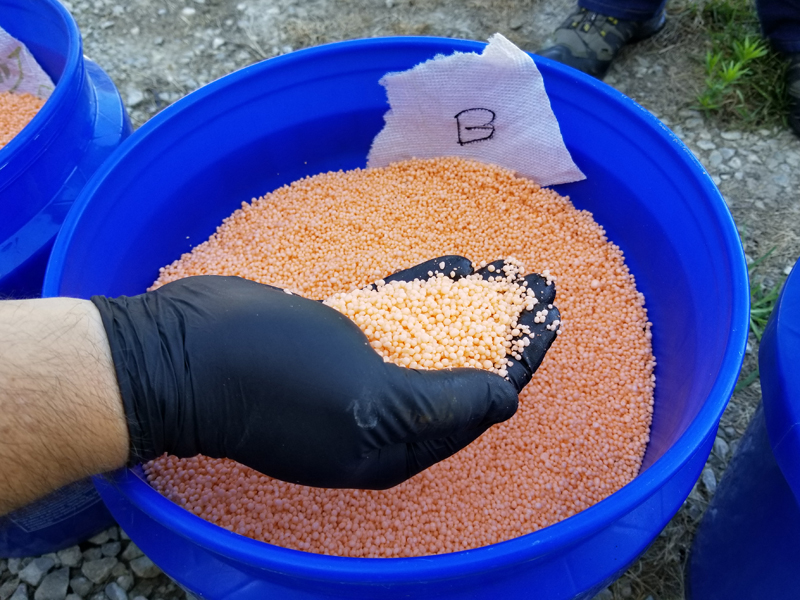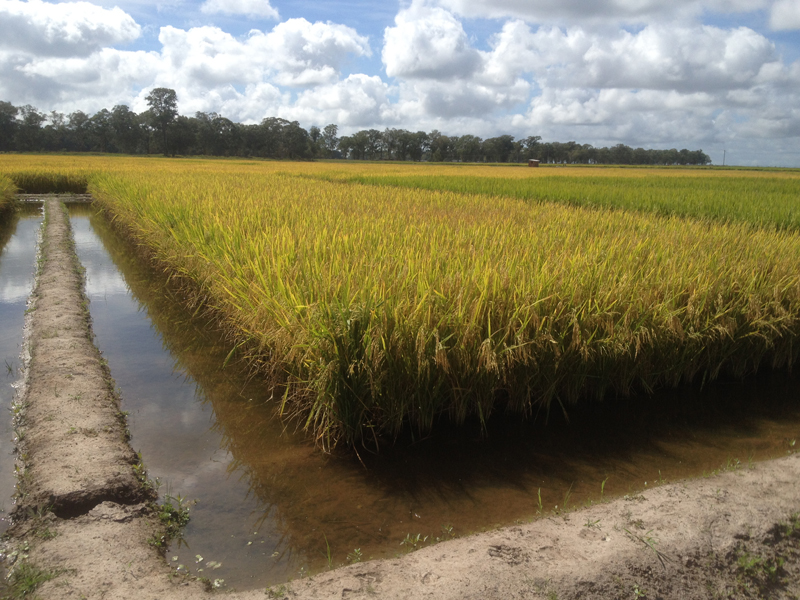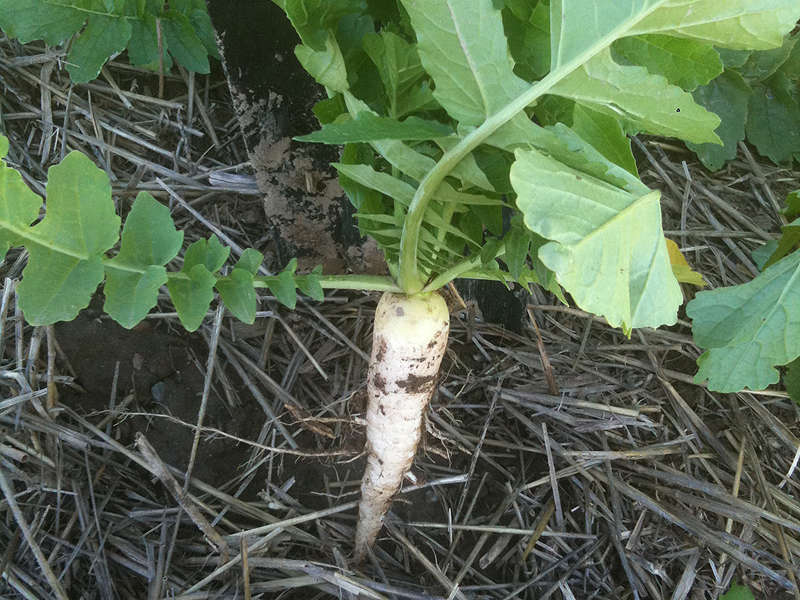Science News

Some relationships can be complicated. Take the one between sweet potato crops and soil nitrogen, for example.

Too little nitrogen and sweet potato plants don’t grow well and have low yields. Too much nitrogen, however, boosts the growth of leaves and branches at the expense of storage roots. That also leads to low yields.

Plants can’t do without phosphorus. But there is often a ‘withdrawal limit’ on how much phosphorus they can get from the soil. That’s because phosphorus in soils is often in forms that plants can’t take up. That affects how healthy and productive the plants can be.


Add just enough fertilizer, and crops thrive. Add too much, and you may end up with contaminated surface and groundwater.


Healthy soil contributes to healthy crops. Farmers know this, so they do what they can to ensure their soil is in good shape. They send samples of their soil for lab testing to find out if it is low in any important nutrients. If it is, they can take steps to improve the health of their soil. These might include adding fertilizers or growing cover crops that feed the soil.


Take a trip down into the soil beneath a field of crops. You won’t find just dirt, water, and creepy-crawlies. You’ll also find reactions that remind you of high school chemistry lab.


A heat wave sweeps through a city and people swelter, running indoors to find air conditioning. But crops out in a field aren’t so lucky. For them, there is no escape.


The world produces more corn by weight than any other cereal crop. Corn, also known as maize, is a staple food in many countries. But farmers growing corn face many challenges, such as drought, diseases, and pests.


Outside Asia, no country produces as much rice as does Brazil. It is the ninth largest rice producer in the world. Average annual yields are close to 15 million tons.


When you think of a radish, you may think of the small, round, crunchy, red-and-white vegetable that is sliced into salads. You might be surprised to learn that a larger, longer form of this root vegetable is being used in agriculture as a cover crop.


